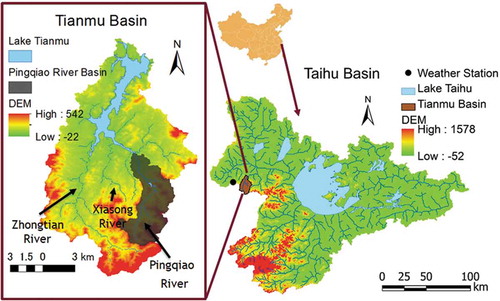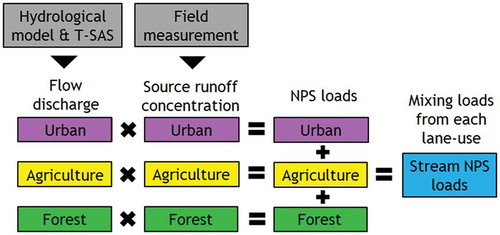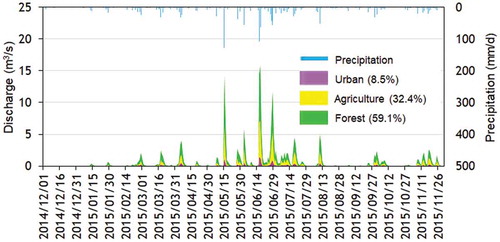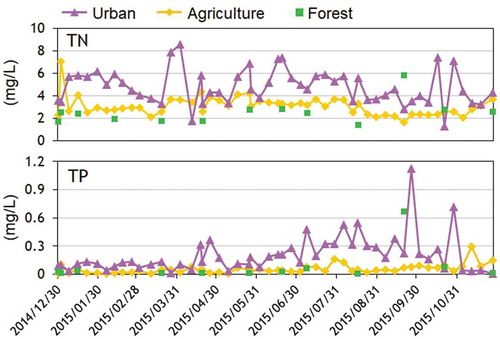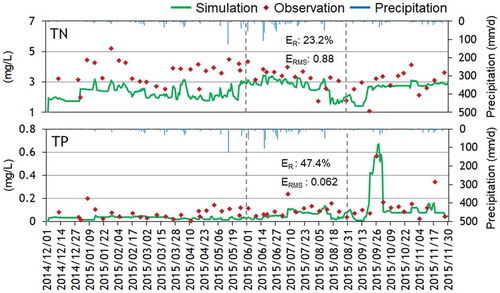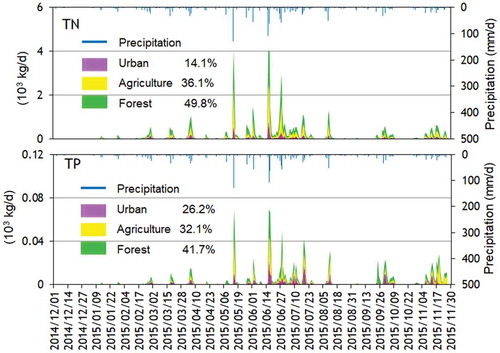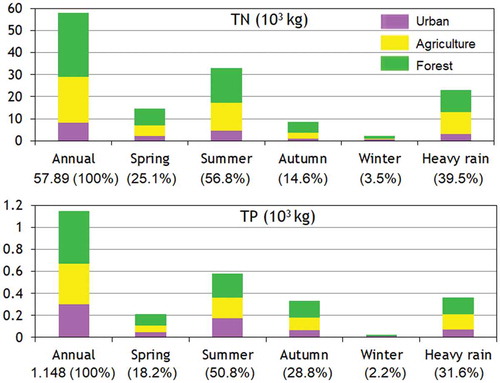Figures & data
Figure 2. Topographical (DEM: digital elevation model) and land-use information of the Pingqiao River Basin.

Figure 4. Schematic diagram of surface/subsurface flow conditions of the RRI model (Sayama Citation2011).
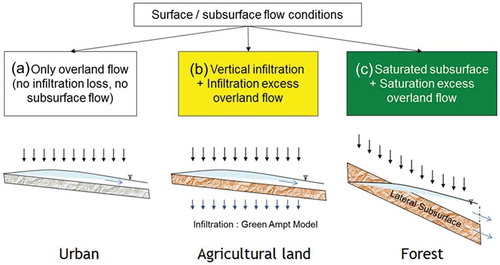
Figure 5. Schematic diagram of the hydrograph separation by spatial sources of rainwater. Source: Sayama and McDonnell (Citation2009). See text for explanation.

Table 1. Summary of simulation results separated by land use.

